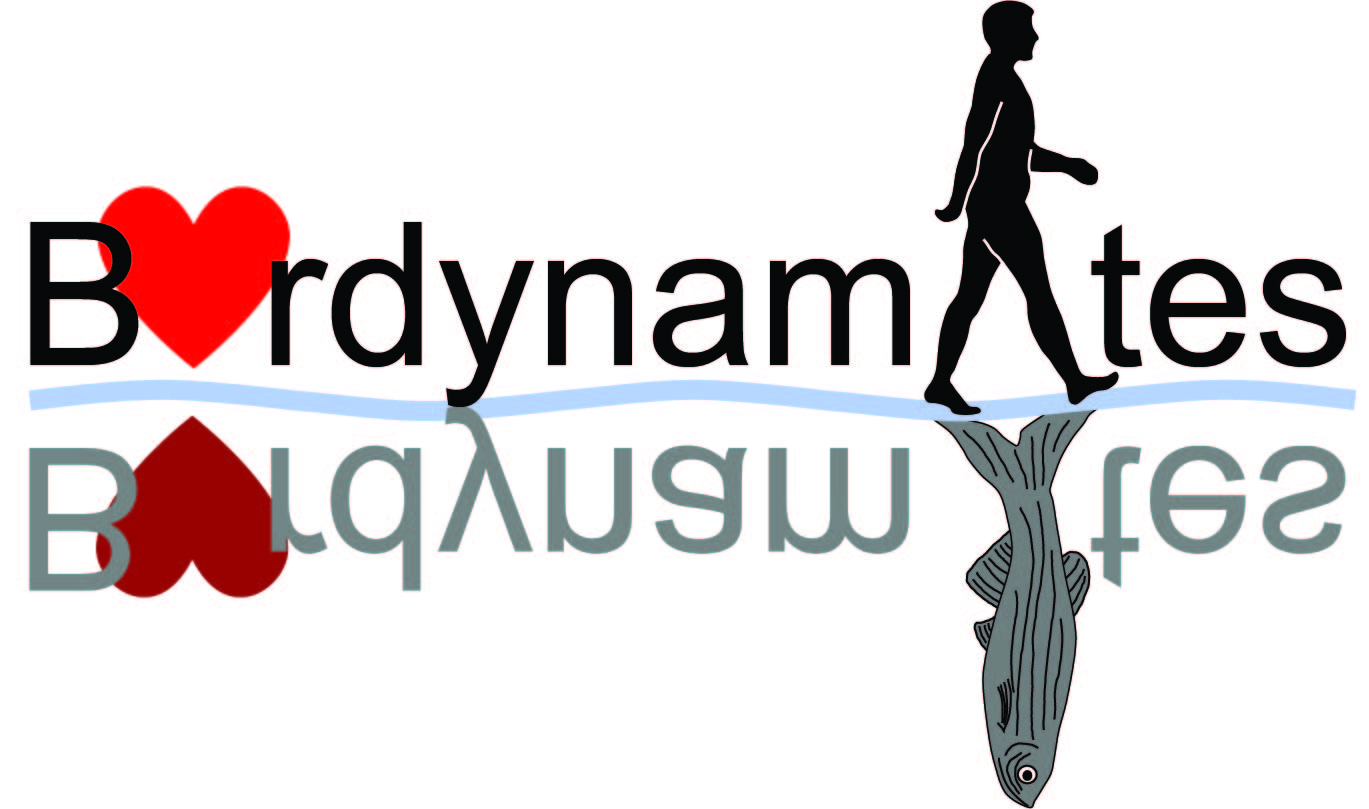DYX1C1 is required for axonemal dynein assembly and ciliary motility.
Type
DYX1C1 has been associated with dyslexia and neuronal migration in the developing neocortex. Unexpectedly, we found that deleting exons 2-4 of Dyx1c1 in mice caused a phenotype resembling primary ciliary dyskinesia (PCD), a disorder characterized by chronic airway disease, laterality defects and male infertility. This phenotype was confirmed independently in mice with a Dyx1c1 c.T2A start-codon mutation recovered from an N-ethyl-N-nitrosourea (ENU) mutagenesis screen. Morpholinos targeting dyx1c1 in zebrafish also caused laterality and ciliary motility defects. In humans, we identified recessive loss-of-function DYX1C1 mutations in 12 individuals with PCD. Ultrastructural and immunofluorescence analyses of DYX1C1-mutant motile cilia in mice and humans showed disruptions of outer and inner dynein arms (ODAs and IDAs, respectively). DYX1C1 localizes to the cytoplasm of respiratory epithelial cells, its interactome is enriched for molecular chaperones, and it interacts with the cytoplasmic ODA and IDA assembly factor DNAAF2 (KTU). Thus, we propose that DYX1C1 is a newly identified dynein axonemal assembly factor (DNAAF4).

